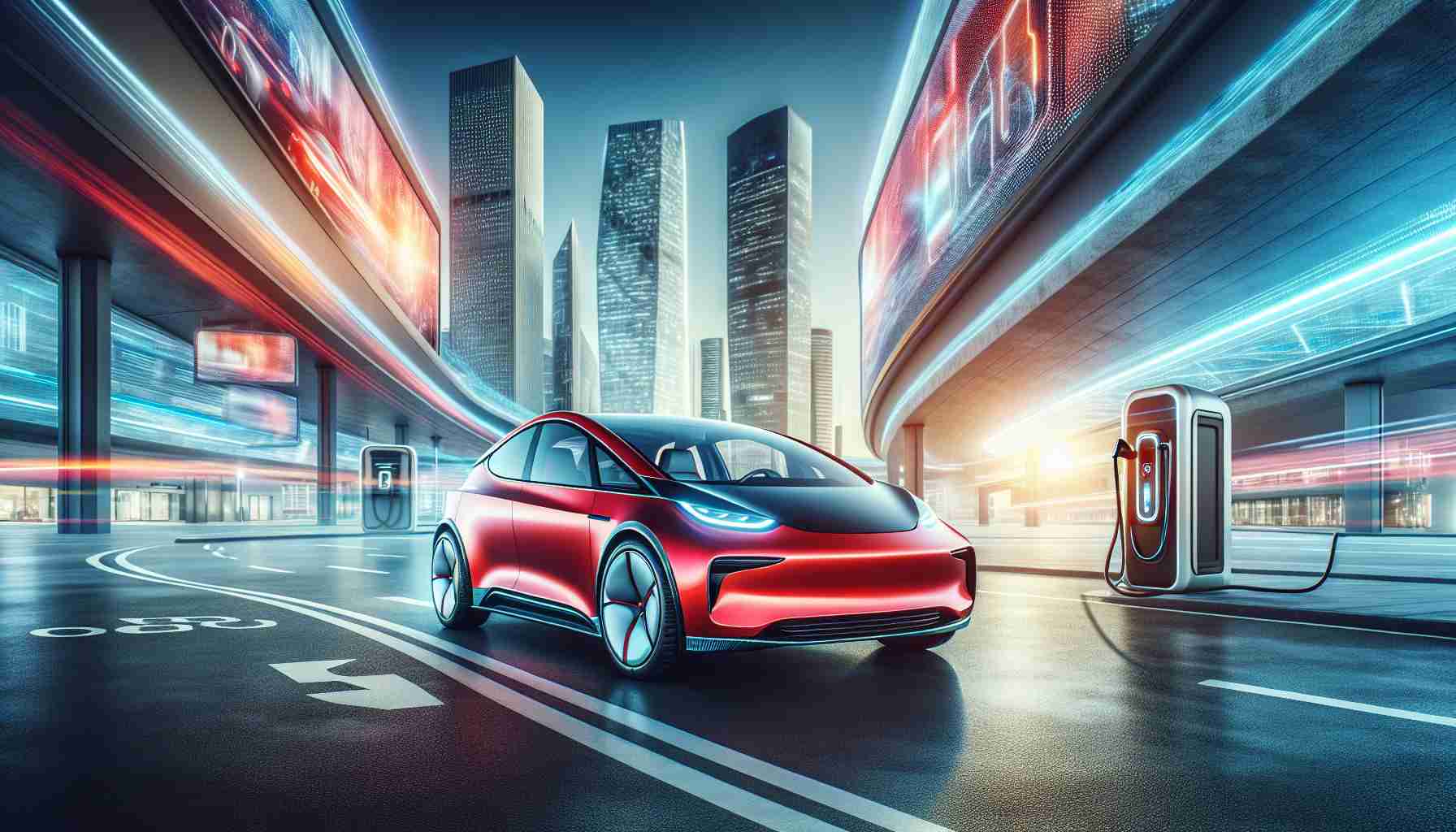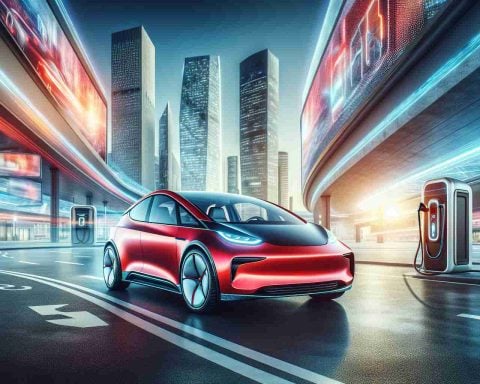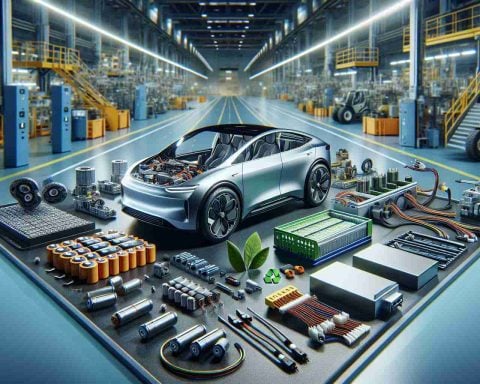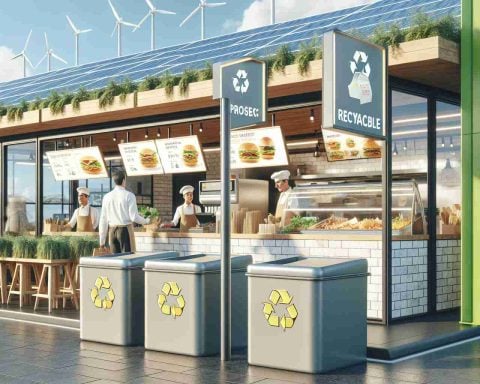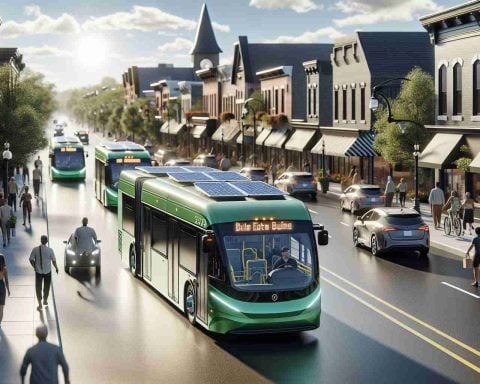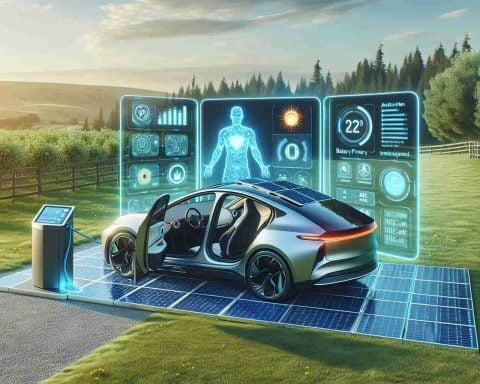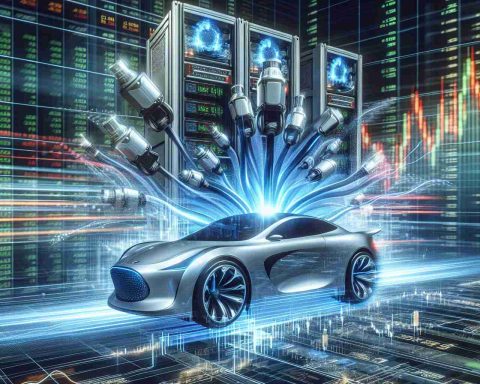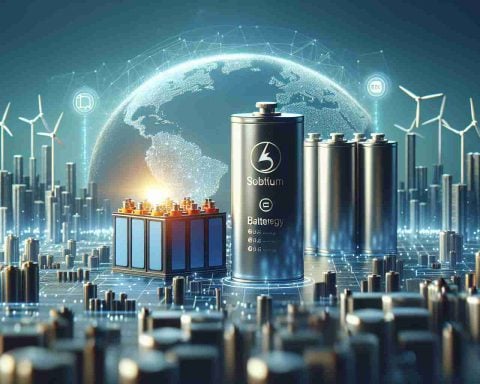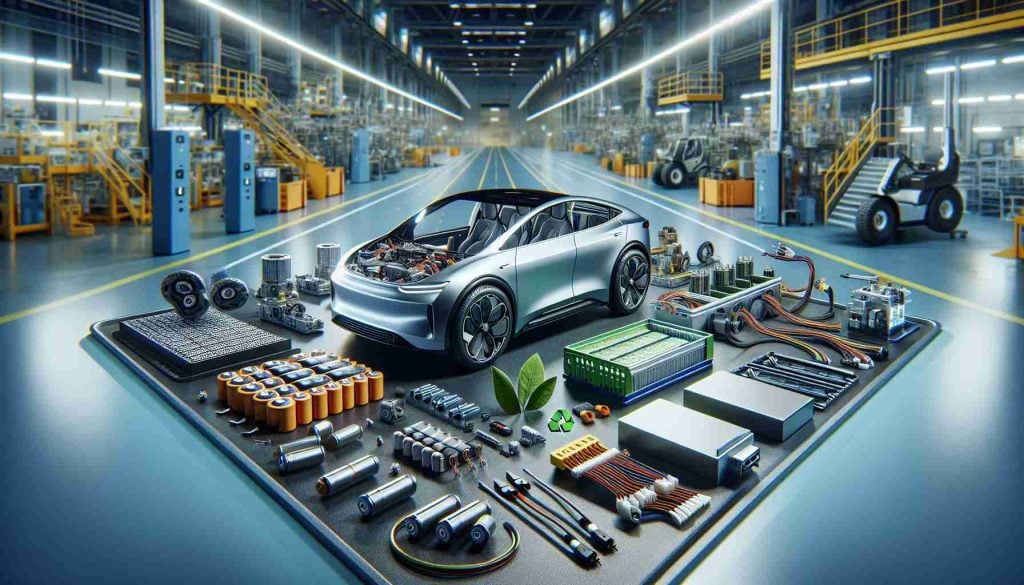- Nio achieved 136,748 battery swaps in 24 hours, setting a new record.
- Utilized a network of 3,106 battery swap stations across China for rapid service.
- A special promotion led to 8,000 additional swaps on the record-breaking day.
- Nio is nearing its 65 millionth battery swap, demonstrating remarkable efficiency.
- Each battery swap is completed in under three minutes, highlighting engineering excellence.
- Plans are in place for Nio’s debut in the Australian market with the Onvo L60 model.
- Nio has expanded its European presence with 59 battery swap stations since 2021.
- The company is transforming EV ownership with innovative and customer-focused solutions.
In an extraordinary leap for electric vehicle technology, Nio has shattered its own record, achieving a jaw-dropping 136,748 battery swaps in just 24 hours during the vibrant Chinese New Year festivities. Leveraging a vast network of 3,106 battery swap stations strategically placed across China, Nio demonstrated an awe-inspiring pace of 5,698 swaps per hour, showcasing the unmatched efficiency of its trailblazing system.
Fueled by a special promotion for new Nio Onvo owners, the battery swap frenzy surged with an additional 8,000 swaps recorded on this landmark day. This strategic move offered unlimited swap access along key highways from January 22 to February 12, boosting their impressive record further.
But Nio’s ambitions don’t stop at breaking records. The company is on the verge of its 65 millionth battery swap, with each exchange completed in under three minutes, a testament to their engineering prowess. As Nio eyes global horizons, they’re gearing up for an Australian market debut, likely unveiling the eagerly awaited Onvo L60 to compete head-on with giants like Tesla.
In Europe, since its 2021 debut, Nio has been busy expanding its network with 59 battery-swap stations, signaling a bold and strategic push to reshape the EV landscape. Key takeaway? Nio is reimagining the electric vehicle experience with rapid, effortless battery swaps, making EV ownership more convenient and customer-focused than ever before. This isn’t just a record-breaking feat—it’s a sneak peek into an innovative future driven by progress and pioneering spirit.
Why Nio’s Battery Swap Success is Revolutionizing the EV Market
How does Nio’s battery swap system benefit electric vehicle owners?
Nio’s battery swap system is a groundbreaking innovation that significantly enhances the convenience and efficiency of electric vehicle (EV) ownership. The primary benefit is the speed—each battery swap takes less than three minutes, eliminating the need for long charging times associated with traditional EVs. This rapid turnaround is particularly advantageous for drivers who are short on time or need to travel long distances without lengthy interruptions. Additionally, the system allows EV owners to avoid concerns about battery degradation over time, as they consistently receive freshly charged batteries.
What are the key features of Nio’s battery swap stations, and how do they compare to traditional charging stations?
Nio’s battery swap stations are strategically located to maximize accessibility and convenience for users. As of now, there are 3,106 battery swap stations in China and 59 in Europe, each capable of handling numerous swaps daily. These stations offer an automated process where the depleted battery is replaced with a fully charged one. Key features include:
– High Efficiency: Capable of performing up to 5,698 swaps per hour.
– Automated System: Minimal human intervention is required, enhancing reliability and speed.
– Strategic Locations: Positioned along key routes for ease of access during travel.
In comparison to traditional charging stations, which can take anywhere from 30 minutes to several hours to recharge a vehicle, Nio’s battery swap stations provide a much faster and more efficient solution, significantly reducing downtime.
As Nio expands globally, what are potential challenges and limitations it might face?
While Nio’s battery swap technology is revolutionary, expanding it globally presents several challenges:
– Infrastructure Development: Building an extensive network of swap stations in new markets requires substantial investment and time.
– Standardization Challenges: Battery swaps require standardization of battery sizes and interfaces, which might be difficult given different manufacturers’ practices.
– Market Adoption: Convincing consumers in regions accustomed to traditional charging methods to adopt battery swapping will require targeted marketing and education efforts.
Nio’s entry into markets like Australia and its ongoing expansion in Europe will test its ability to overcome these obstacles while maintaining the quality and efficiency it has demonstrated in China.
For more information on Nio and its innovations, you can visit the official Nio website.
